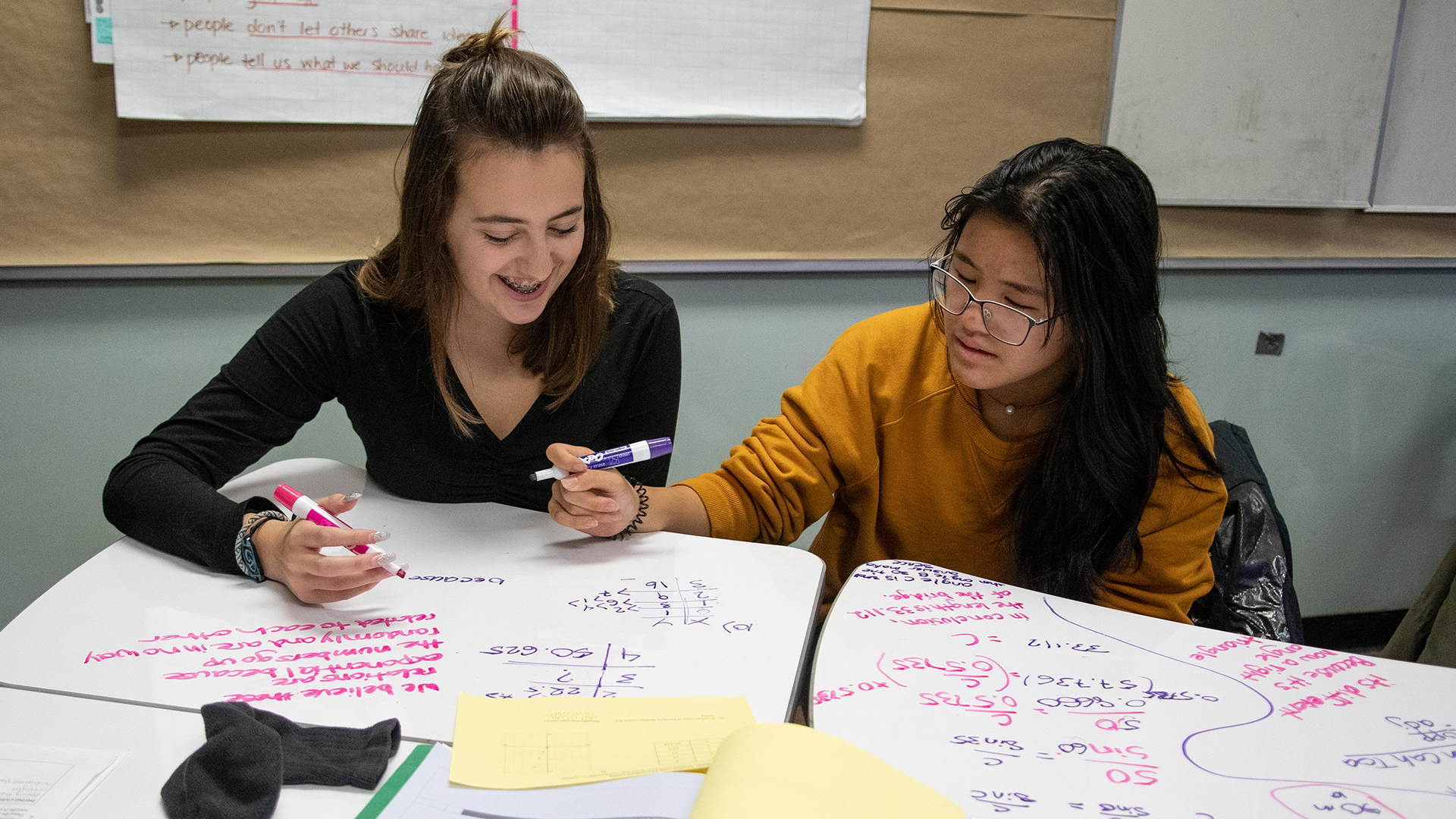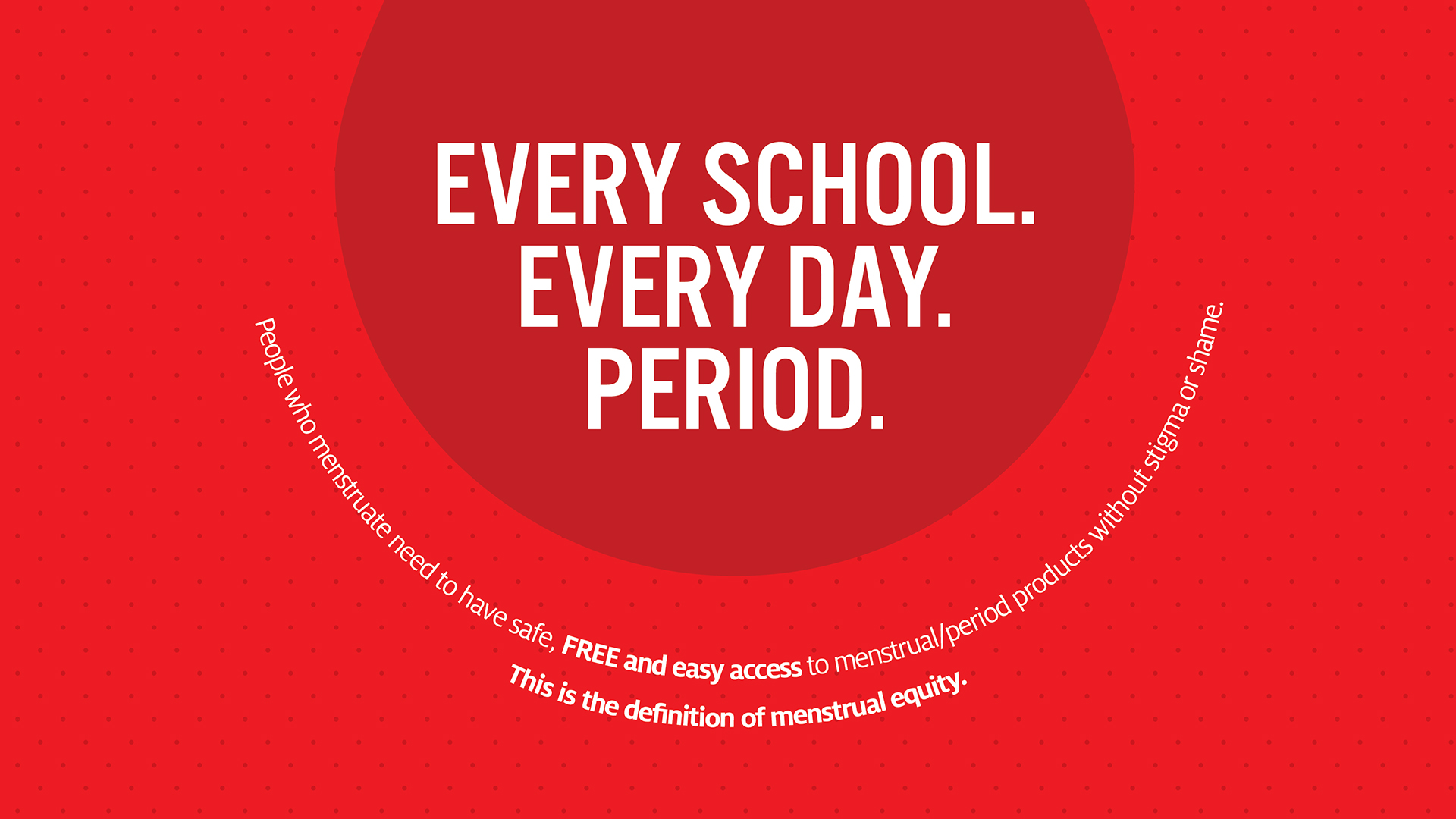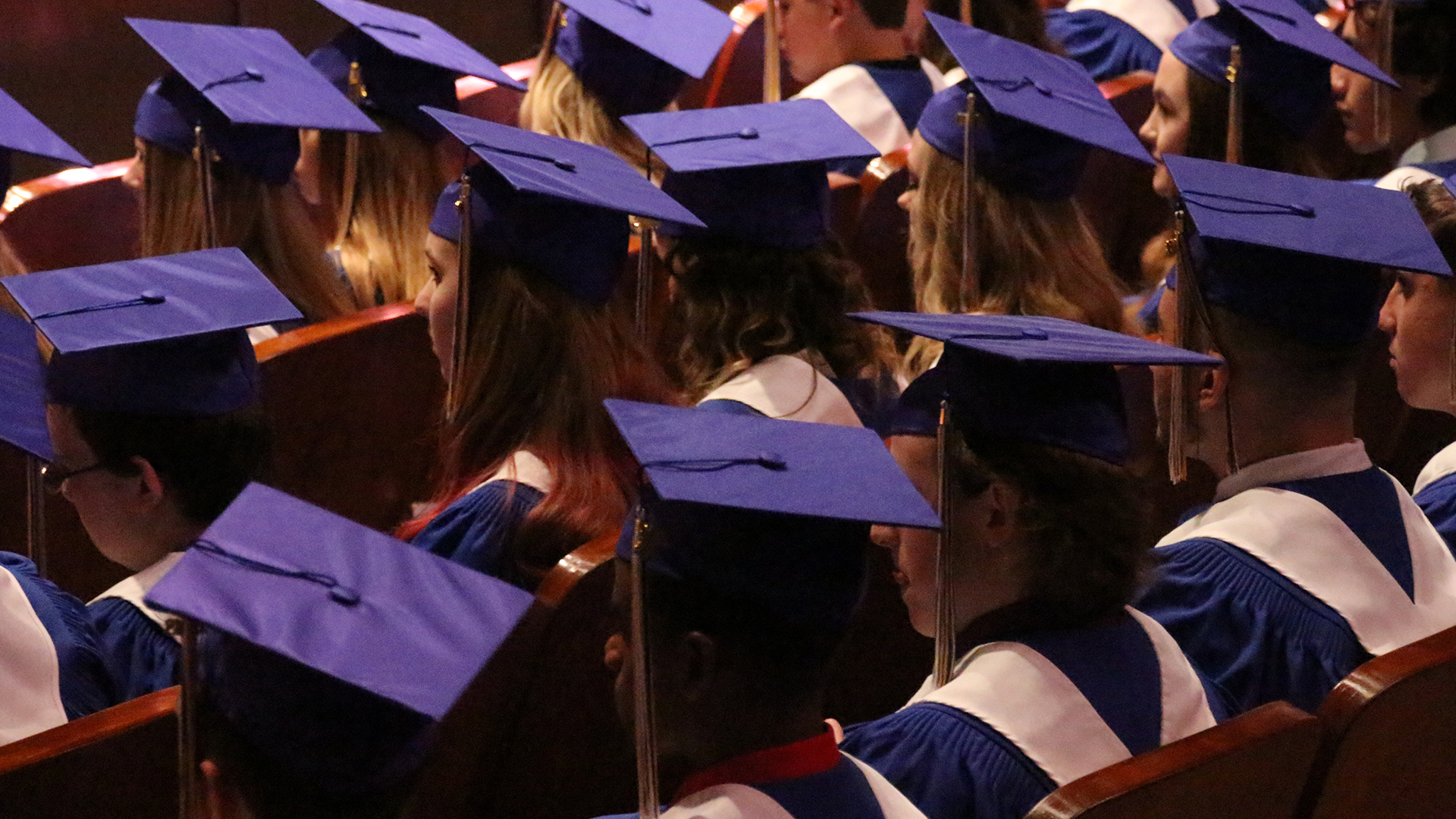
Collaboration is Key for Math Class at Waterloo Collegiate Institute
At 8:15 am the bell rings, and students begin to file into class, signalling the beginning of another typical day at Waterloo Collegiate Institute (WCI), but this certainly isn’t a typical math class. One look around the room is enough to know that, as the whiteboard topped desks are arranged in groups, rather than rows, and the perimeter of the room is lined with yet more whiteboards. Students, assigned into random groups, band together to solve math problems, working through the equations on the shared whiteboards.
Aleda Klassen, a math teacher at WCI, leads her class with some brief initial instruction, working to prioritize opportunities for students to try something themselves first, rather than having the teacher demonstrate for them how to do it. Her focus instead, is on creating opportunities for students to struggle with math problems, and work to find their own solutions. This way, they develop a deeper understanding of the mathematical theories, rather than simply learning how to use equations.
“Try something first, and then we’ll talk about it,” said Klassen. “I don’t want students to just mechanically perform, or calculate, I want them to think about things as they’re doing it.”
Klassen observes the students as they work together in groups, looking for opportune moments to jump in with a helpful suggestion, or nudge in the right direction. At other times, she will bring the class together to highlight an important concept or idea she sees emerging amongst their work. Throughout, she is focused on empowering students to work together to support each other in their learning, and to gain a more concrete understanding of math concepts.
The work Klassen is doing to innovate math instruction has not gone unnoticed. In early 2019, she was awarded the Prime Minister’s Award for Teaching Excellence in STEM for her work to create multiple opportunities for success in math. The decision for the award explains “Aleda Klassen’s class bears no resemblance to a traditional one, looking more like a collaborative space at a tech start-up.”
Looking back, Klassen can pinpoint when her thinking about teaching began to shift. A few years ago, she had the opportunity to become the math learning support teacher (LST) at WCI, helping to lead math learning and teaching efforts at the school. At the same time, she also began teaching a journalism class – a class where students were the experts and relied on each other to problem solve on a daily basis.
“Those two things combined were very inspirational,” said Klassen. “It was pivotal.”
Soon after, she took on a role at the Education Centre, working with teachers board-wide to encourage them to try new things in their classrooms in pursuit of improved math outcomes for students. This time, too, was formative for Klassen, who especially credits the efforts of Rhonda Hewer, a math consultant at the Education Centre, in encouraging her work and innovation.
“I think she reginited a passion in me for teaching,” said Klassen. “She’s an incredible educator.”
Before long, Klassen felt herself drawn back to WCI, eager to put all her learning into action in her own classroom. She left her consultant position at the Education Centre early, and headed back to transform her own teaching environment.
“Coming back to WCI was great,” said Klassen. “It’s been a really powerful journey.”
Witnessing the collaborative approach in action in her classroom, it is clear to see that this is an environment where the students are comfortable and engaged. The strength of the group format, she explained, is that it allows participation and contribution from every student in the class. Some students are able to visualize concepts very well, and others may have stronger abilities to think abstractly about concepts. In the collaborative format, each of them brings something to the table to help solve the problem.
“When students enter my classroom I want them to feel like they have a value and that they have something to offer our collective learning,” said Klassen. “Let’s try and value each of those ways of seeing things.”
A key component of her approach is how she groups her students, or rather, how she doesn’t. Prior to every class, students are assigned a randomly generated group, ensuring they are often working with new collaborators. Her thinking behind this comes from an equity perspective. If students are put into an intentional group, Klassen explained, they may enter with preconceived notions of why their teacher chose them for this group. Is it the smart group? Is this the struggling group? If the groups are chosen at random, students know the teacher has not made any judgements in this decision.
Additionally, it allows students the opportunity to get to know their classmates, not only as friends, but as resources within the classroom. This ability to work effectively with new people is a crucial life skill and one that Klassen believes will serve her students well beyond secondary school.
“That’s a skill you will take from this class and it will be transferable to anything in life,” said Klassen.
Klassen admits the environment in her classroom can be a bit of a change for students when they are first introduced to it, but it doesn’t take them long to adapt and thrive. The energy in the room, she explained, is markedly different from that of her classroom of a few years ago. Conversations are energetic, ideas are free flowing and students are excited to jump in and solve the problems presented to them.
“There’s more freedom for diverse thinking,” said Klassen. “I get more excited because I’m letting them try things and I’m learning so much from them about how they see things.”
The whiteboards, both on the desks and spread around the classroom, play a key role in building a collaborative and thinking classroom. Whiteboards are risk free, she explained, and are a much easier work surface for students to get started on, when compared to traditional work surfaces, such as paper. She points to the work done by Dr. Peter Liljedahl at the Simon Fraser University in Vancouver, who researched math classes and found that the time to task for non-permanent surfaces, such as whiteboards, was a fraction of the time to task on permanent surfaces, like paper. On whiteboards, students feel much more free to jump in and get started on a problem, as their mistakes are easily erased and they can quickly move on to the next approach.
“They just jump in,” said Klassen. “There are fewer barriers for them to just start.”
For Klassen’s students, the choice is clear – a collaborative math class is the way forward. Ziab, a grade 9 student at WCI, explained that the group environment in the classroom has made him more confident when it comes to tackling math problems. He knows that if he runs into trouble, he can turn to his classmates for their support.
“I feel more confident in a group,” said Ziab. “It’s great when we tackle the problem together.”
For him, the whiteboards play a crucial role in the collaborative environment, as it allows all group members to contribute simultaneously, something that would otherwise be impossible on a shared piece of paper.
Alle, also a grade 9 student in Klassen’s class, described herself as someone who likes math, but appreciates the collaborative environment, as she sees it bringing up the calibre of work in class, overall.
“We talk together and improve our work,” said Alle. “We can apply more of our thinking to it.”
For Lily, a grade 11 student, the collaborative approach helps to provide an important perspective. Each member of the group brings a different set of strengths to the table, allowing students to see every possible approach to a math problem.
“I really enjoy it,” said Lily. “Working with other people is better than working alone.”
“I was never really good at math,” added Lily, but the time she’s spent in Klassen’s classroom has made her confident in her abilities when it comes to approaching math problems she’s presented with.
For Klassen, this is exactly the outcome she’s been striving towards. Reflecting on her own learning journey to reach this point, she highlighted the value of the collaborative learning experience she had with her fellow educators. The time she spent learning, struggling and strategizing with other teachers made improvement feel possible, Klassen explained.
“The thing that was most exciting throughout my own journey was how much I was learning from other teachers,” said Klassen.



